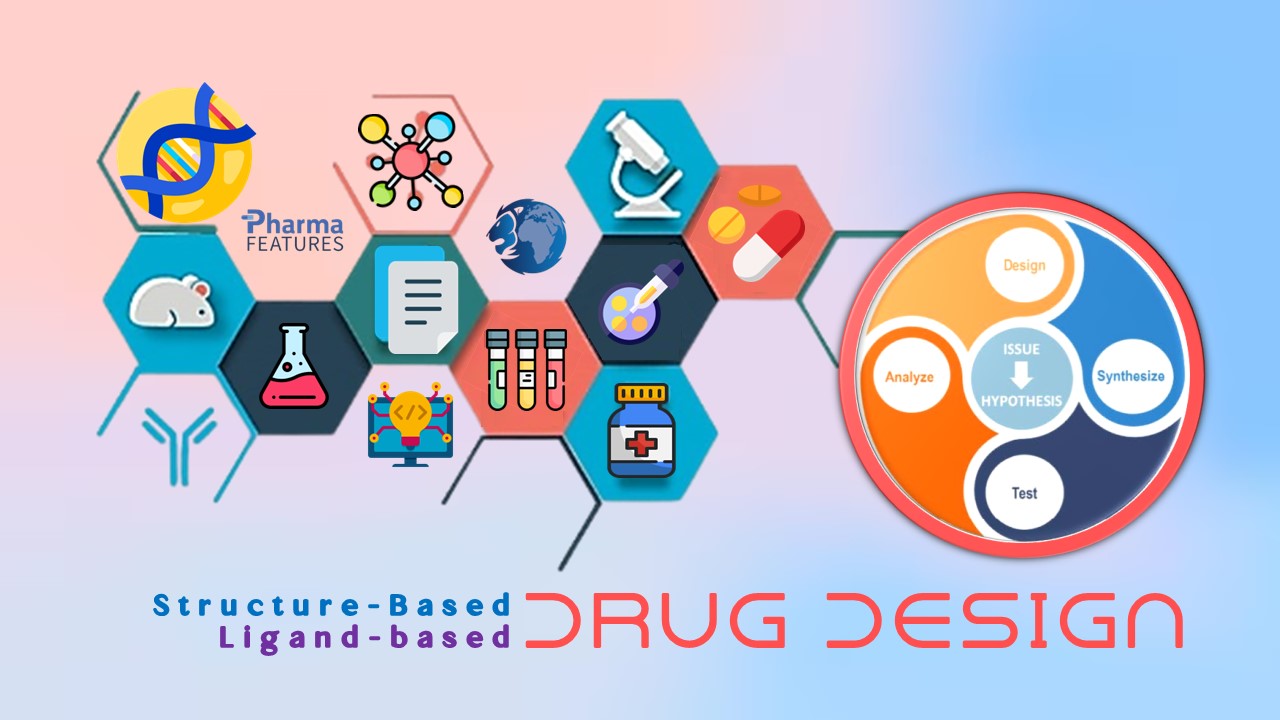
Real-word evidence (RWE) studies are becoming increasingly used in clinical research across a number of therapeutic areas, demonstrating advantages over randomised clinical trials. RWE studies provide insight into the implementation of therapeutic drugs clinical practice based on real world data (RWD) of the patient population. RWD and RWE have shown significant value in supporting healthcare decisions, utilising telehealth to provide more information about cohorts of interest in the real world.
Introduction
According to the FDA, RWE refers to “the clinical evidence regarding the usage and potential benefits or risks of a medical product derived from analysis of RWD”. RWD can arise from a variety of sources measuring the status of patient health and/or the delivery of therapeutic care. Electronic health records, disease registries and patient-generated data (in home settings) are examples of platforms that record such data.
It is important that RWD is captured in a natural, non-interventional manner rather than clinical trial settings. This ensures that the patient/healthcare data captured is representative of real-life circumstances.
Organisations are using RWD and RWE in studies to generate innovative, new treatment approaches.The importance of RWE studies in drug development is emphasised in an article by IQVIA, where it is highlighted that drug developers use RWE in pre-launch studies as insights when selecting clinical trial endpoints and optimising their recruitment strategies.
RWE studies
There are a number of RWE study types, the choice of which is determined by the type of data used and the proposed outcome.
Prospective observational studies use data from patient registries, which can create a plan for following up on a large cohort of patients, and collect information on specific outcomes over time. Patient registries collect information on many topics, such as compliance, patient experience, the frequency of rare events, and health care access.
Retrospective cohort analyses, on the other hand, use previously recorded information like insurance (claims) databases or patient medical records. This enables researchers to investigate outcomes in a patient cohort or compare outcomes among cohorts.
Organisations who hope to conduct RWE studies have to meet a specific criteria in order to make sure they are confident that the study will support their claims to stakeholders:
Relevance: Data should be selected based on their ability to address specific regulatory questions, and provide sufficient details on exposure and outcomes for the study purpose. RWD should also be representative of patients with the target condition, be of a sufficient size, and include a follow-up to indicate benefit.
Reliability and Transparency: It is important that the organisation considers whether the source of data identifies patients of interest, outcomes of interest etc… Has it been used for RWE before? Is there missing data? The source of RWD should be verified and audited in order to assess the level of completeness and consistency, as it must be transparent to be acceptable.
Reporting: RWD sources should follow reporting standards and document data elements and definitions, data aggregation methodology, and data collection time windows.
Common data model: It is often beneficial to use a typical data model that features common terminologies, vocabularies, and coding schemes across multiple sources (when using multiple databases).
Gaps: A variety of RWD sources is often needed to fill gaps in the data
There are a number of advantages supporting the use of RWE versus randomised controlled trials. Firstly, RWE studies have few exclusion criteria, and so represent a more realistic patient population in terms of diversity. The variation in factors like age, comorbidity, and additional medication can provide novel insights into the safety and efficacy of the treatment.
This is particularly useful when identifying trends in sub-populations which may demonstrate a different reaction to treatment. The data from these studies can then be used to investigate why, and whether the drug/product is suitable for the sub-group.
Another advantage for RWE studies is that they can be conducted for much longer time frames, and typically at a fraction of the cost of clinical trials. In addition to supporting cost reduction, utilising RWD has been suggested to improve enrolment in three ways:
• Researchers can use RWD to estimate the size of the available patient population, given the inclusion/exclusion criteria
• The criteria can be applied against de-identified patient data from electronic health record (EHR) systems to determine eligible patients, allowing sponsors to focus on sites that serve a population that aligns with the protocol criteria
• Software can be programmed to alert physicians to suitable patients within their practices, giving providers the opportunity to consent and enrol prospective participants into a clinical trial
RWE is also an important part of the industry shift towards decentralised clinical studies and the increasing presence of telehealth. In addition to electronic devices like actigraphy bracelets, and apps that continuously monitor patient biometrics, social media is another massive data source that can be used for epidemiologic purposes in RWE studies.
RWE studies are emerging across a number of therapeutic areas including oncology, of which a number of researchers are investigating using RWD to support the field of chronic myeloid leukemia. According to a recent article, it has been suggested that RWE could contribute substantially to understanding current treatment patterns and use the data to optimise patient outcomes.
RWE studies can reveal further insights into patient quality of life, in addition to factors that contribute to treatment intolerance or discontinuation and preference for treatment type. This could be particularly important for cancer research through which treatment is constantly evolving and changing, so it is important to gage an idea whether particular populations favour one therapeutic over another, and why that is.
Charlotte Di Salvo, Editor & Lead Medical Writer
PharmaFeatures
Subscribe
to get our
LATEST NEWS
Related Posts

Clinical Operations
Supervised Learning: Harnessing Data to Revolutionize Patient Care
As healthcare enters a new era, the integration of ML promises to revolutionize oncology and medicine.

Bioinformatics & Multiomics
Harnessing Computational Ingenuity for Tomorrow’s Therapeutics
Leverage computational power to navigate modern drug design.
Read More Articles
Synthetic Chemistry’s Potential in Deciphering Antimicrobial Peptides
The saga of antimicrobial peptides unfolds as a testament to scientific ingenuity and therapeutic resilience.











